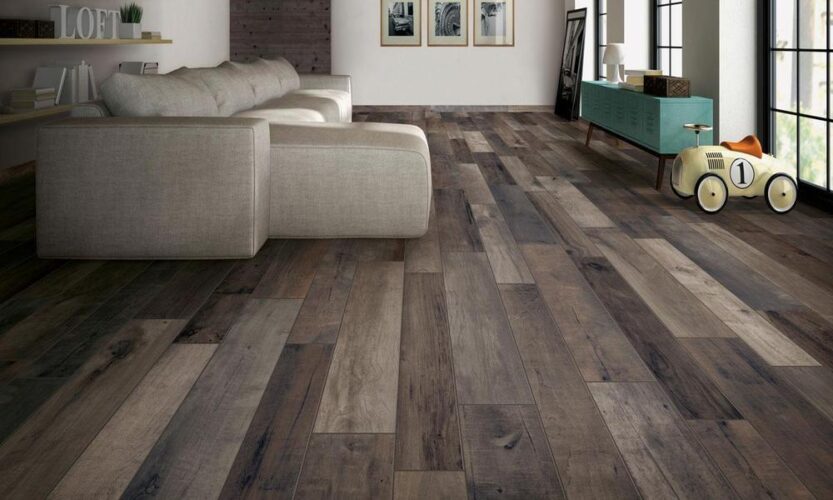Choosing the right parquet flooring can be a daunting task, but with a few tips, it can be made easier. Here are some key factors to consider when choosing parquet flooring:
Type of wood: There are various types of wood used in parquet flooring such as oak, maple, and cherry. Consider the durability, color, and grain pattern of each type before making a choice.
Finish: The finish of parquet flooring affects its appearance, durability, and maintenance requirements. Choose between oil, wax, or lacquer finishes depending on your preferences.
Installation method: Parquet flooring can be installed using different methods, such as glue down, nail down, or floating. Consider the method that suits your subfloor, budget, and time frame.
Grade: Parquet flooring is graded based on the quality of the wood used. Higher grades have fewer knots and blemishes and are more expensive. Choose a grade that suits your budget and style preferences.
Thickness: Parquet flooring comes in different thicknesses, typically ranging from 10mm to 22mm. Thicker flooring is more durable and can be sanded and refinished multiple times.
Pattern: Parquet flooring comes in various patterns, such as herringbone, chevron, and basket weave. Choose a pattern that complements your decor and personal style.
How to Care for Parquet Flooring
Parquet flooring is a beautiful and durable choice for any home, but it requires proper care to maintain its appearance and longevity. Here are some tips for caring for parquet flooring:
Regular cleaning: Sweep or vacuum your parquet flooring regularly to remove dirt and dust. Use a damp mop or cloth to clean up spills or stains.
Avoid water damage: Parquet flooring is susceptible to water damage, so avoid using excessive water when cleaning. Wipe up spills immediately to prevent water from seeping into the wood.
Avoid scratches: Place furniture pads or felt protectors under furniture legs to avoid scratching the surface of your parquet flooring. Avoid dragging heavy furniture across the floor.
Refinishing: Parquet flooring can be refinished when it becomes worn or scratched. Sanding and refinishing can bring back the floor’s original appearance and extend its lifespan.
Avoid direct sunlight: Direct sunlight can cause discoloration and fade in parquet flooring. Use window coverings or blinds to reduce the amount of sunlight that enters the room.
Professional cleaning: Consider having your parquet flooring professionally cleaned every few years to maintain its appearance and remove any deep-set dirt or stains.
Installation Process for Parquet Flooring
The installation process for parquet flooring can vary depending on the type of flooring and the subfloor. Here is a general overview of the installation process for parquet flooring:
Acclimatization: The parquet flooring should be acclimatized to the room’s temperature and humidity levels before installation.
Subfloor preparation: The subfloor should be clean, level, and free of any debris or bumps. If necessary, a moisture barrier may be installed to prevent moisture from seeping into the flooring.
Underlayment installation: Depending on the type of parquet flooring, an underlayment may be required to provide a smooth surface and additional sound insulation.
Layout planning: The parquet flooring should be laid out in a way that maximizes its visual appeal and minimizes waste. A chalk line can be used to mark the layout lines.

